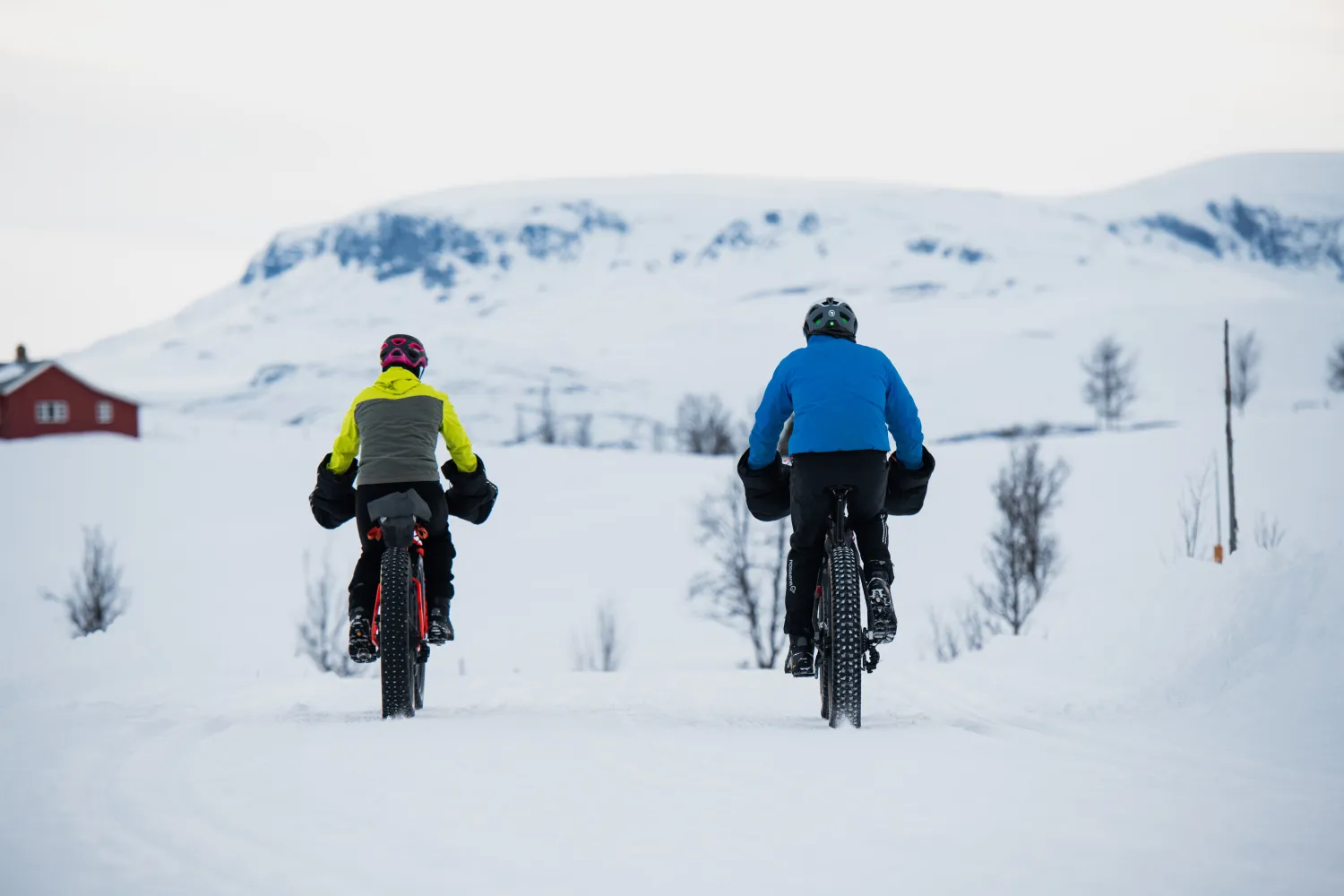Fatbikes resemble regular bicycles but feature much wider rims and larger tires, providing sufficient surface area to ride on snow. If you’ve never tried a fatbike before, you’ll have the chance to do so in Geilo!
We believe every cycling enthusiast should experience fatbiking. In Geilo, Nina from Geilo Aktiv offers both short evening tours for all skill levels and longer high-mountain rides for experienced cyclists. It’s also possible to rent fatbikes to try them out yourself or with friends. Rentals are available at Vestlia Resort.
Nina Gässler, an avid fatbike and cycling enthusiast with experience including the Iditarod fatbike race in Alaska, will provide you with an unforgettable fatbike experience in Geilo.
Read more about the supplier Geilo Aktiv here

